Welcome to the Street Prophets Coffee Hour cleverly hidden at the intersection of religion, art, science, food, and politics. This is an open thread where we can share our thoughts and comments about the day. We’re going to start today by looking at Cahir Castle in Ireland.

Located in County Tipperary, Cahir Castle was originally built on an island in the River Suir which provided it with a natural moat. It is a classic example of a castle as military architecture: it was initially intended to be a fort. The castle was originally constructed in 1142 by Conor O’Brien. The origins of the castle can be traced back to the 3rd century when a Dún (earthen fort) was built on the rocky island. This fort gave the town its original name: Cathair Dún Iascaigh (Town of the Fishing Fort).
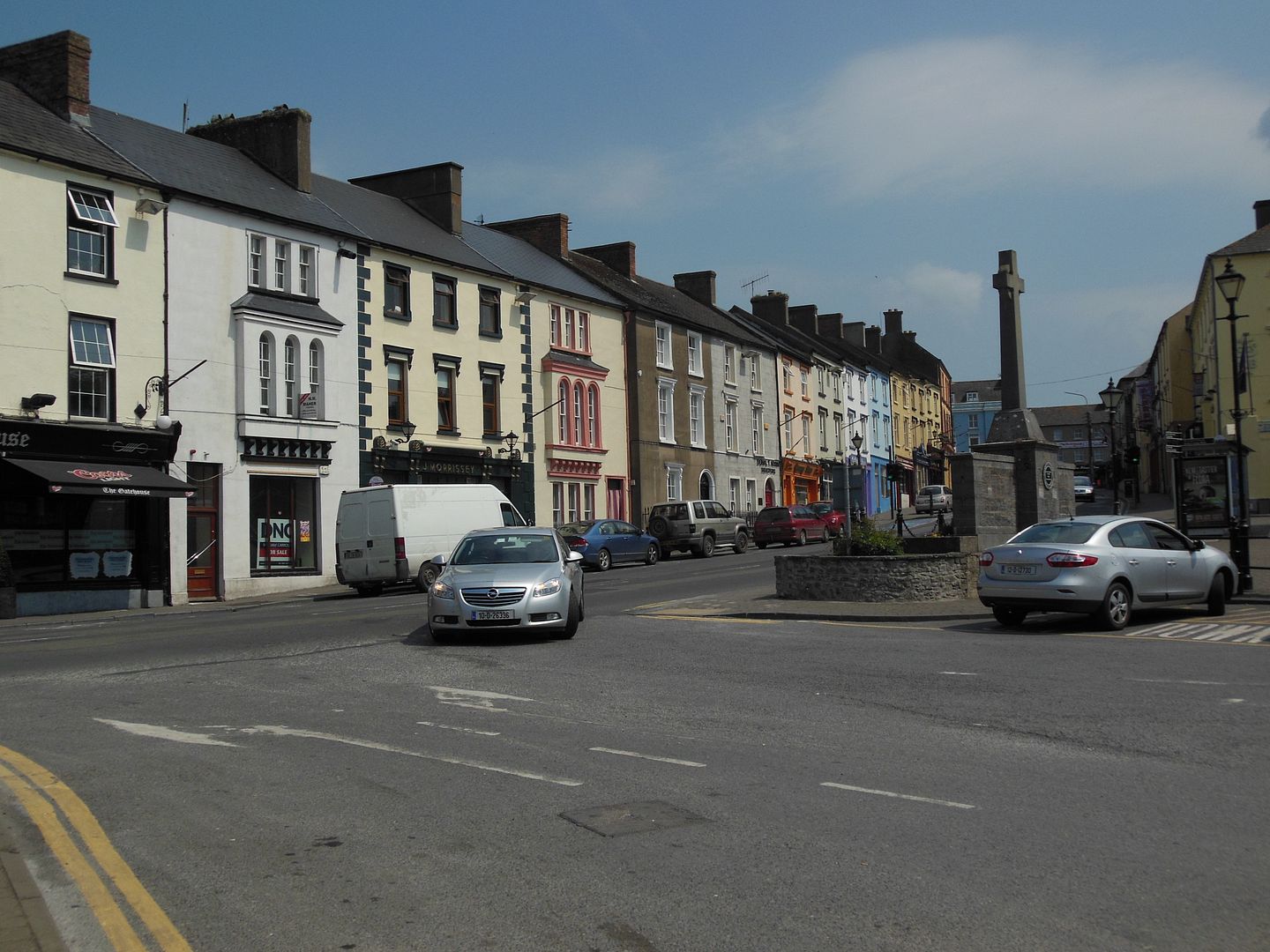
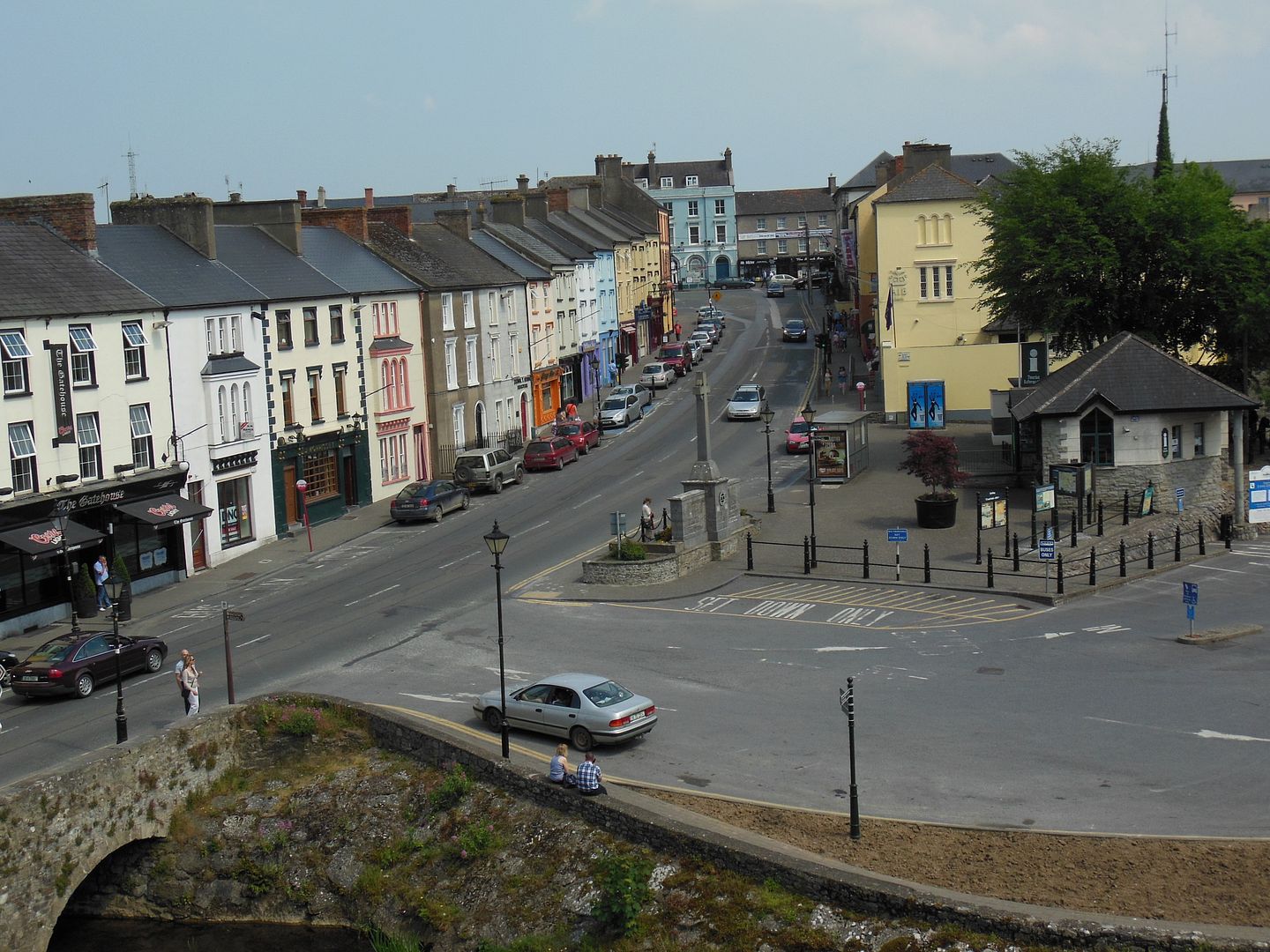

In 1375, the castle was granted to James Butler, Earl of Ormond. The Butler family had the castle enlarged and remodeled between the 15th and 17th centuries.
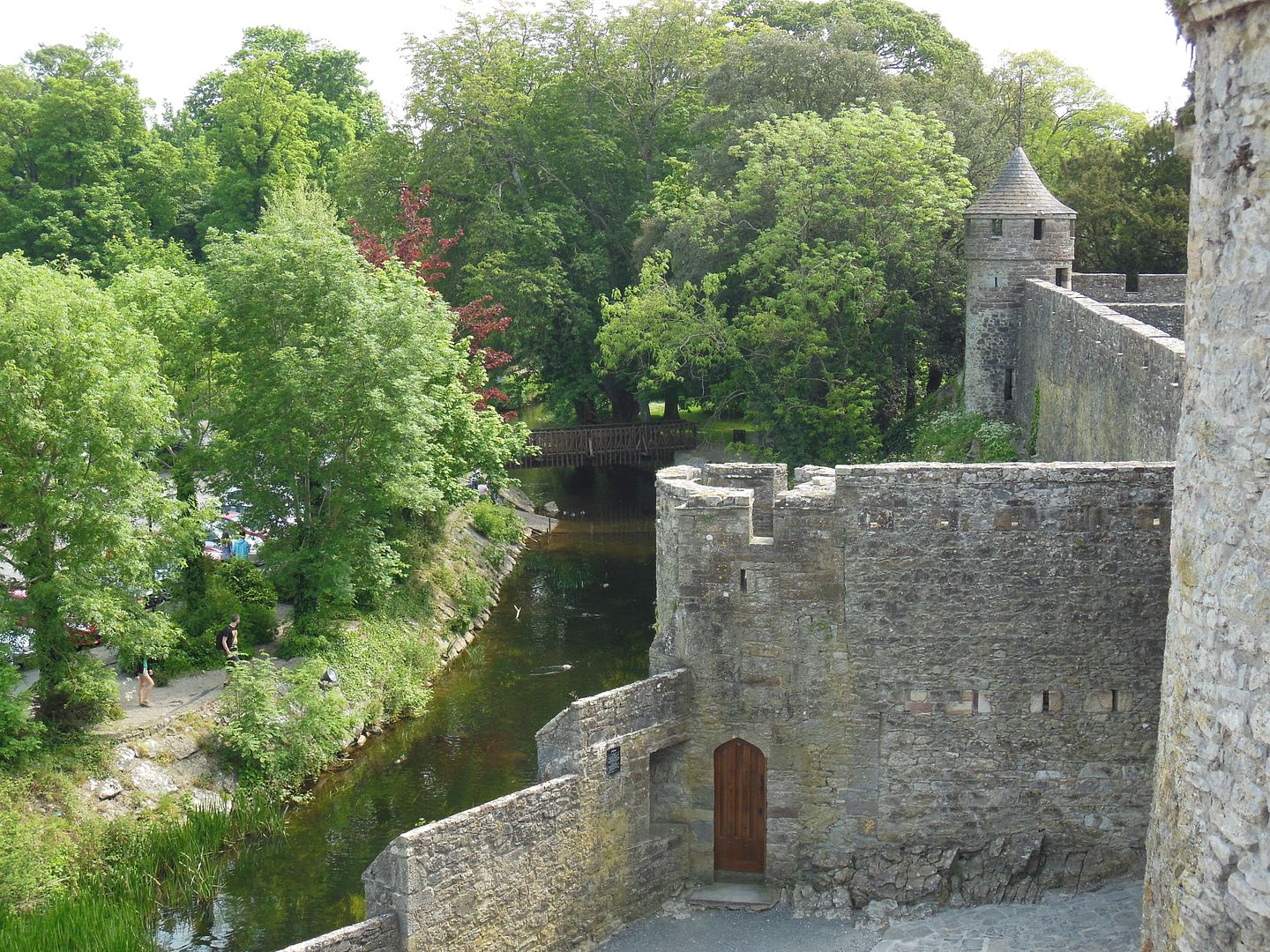
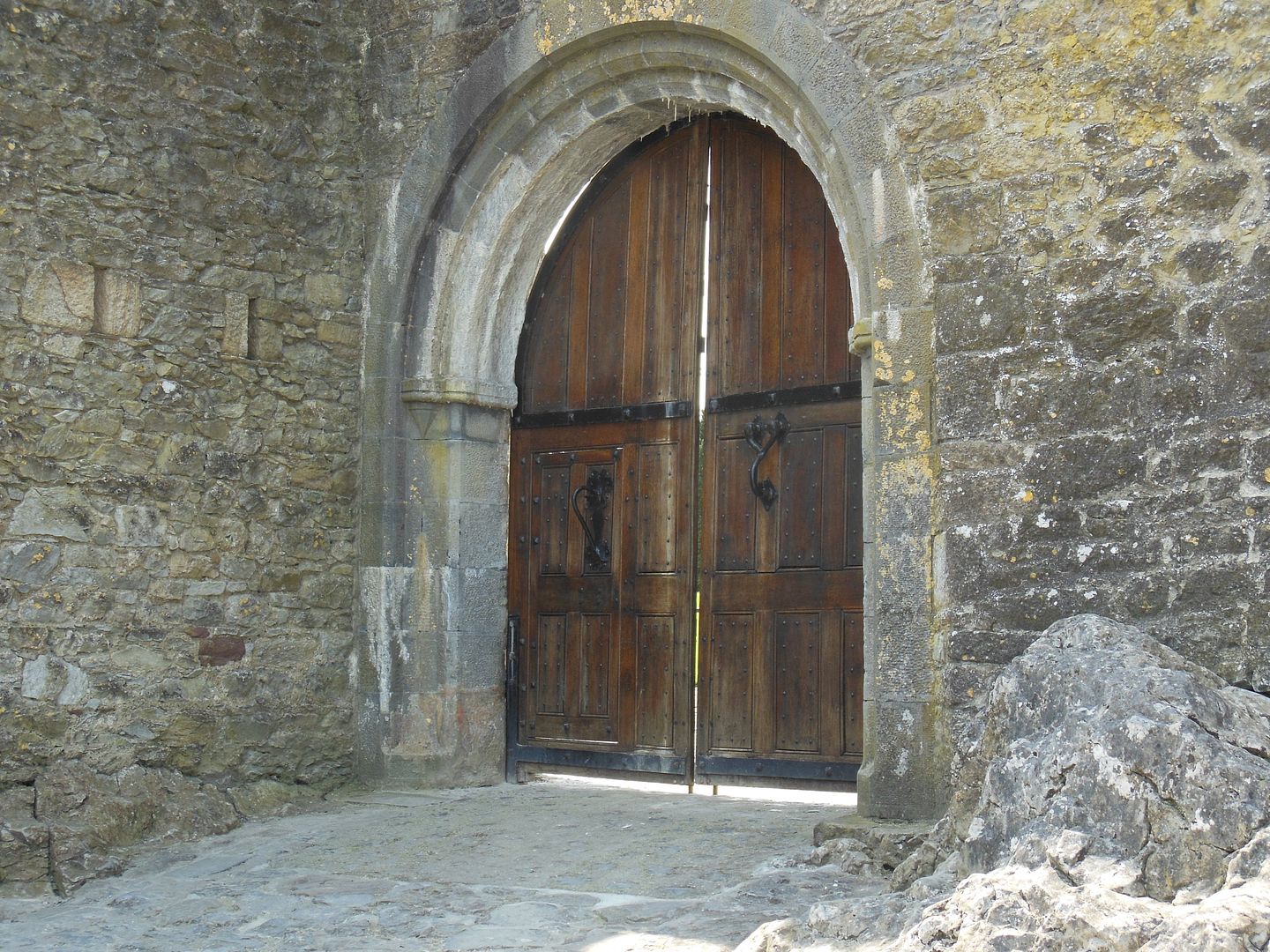
The castle was intended to be a fort and thus it was involved with a number of wars and battles. The castle was under siege for three days in 1599 by the army of the Earl of Essex and captured. During the Irish Confederate Wars the castle was besieged and captured in 1647 and then in 1650 it was surrendered to Oliver Cromwell without a shot being fired.
In 1961 the last Lord Cahir died and the castle reverted to the Irish state. It is currently a national monument which is managed by the Office of Public Works. In 1981 it served as the location for the movie Excalibur.
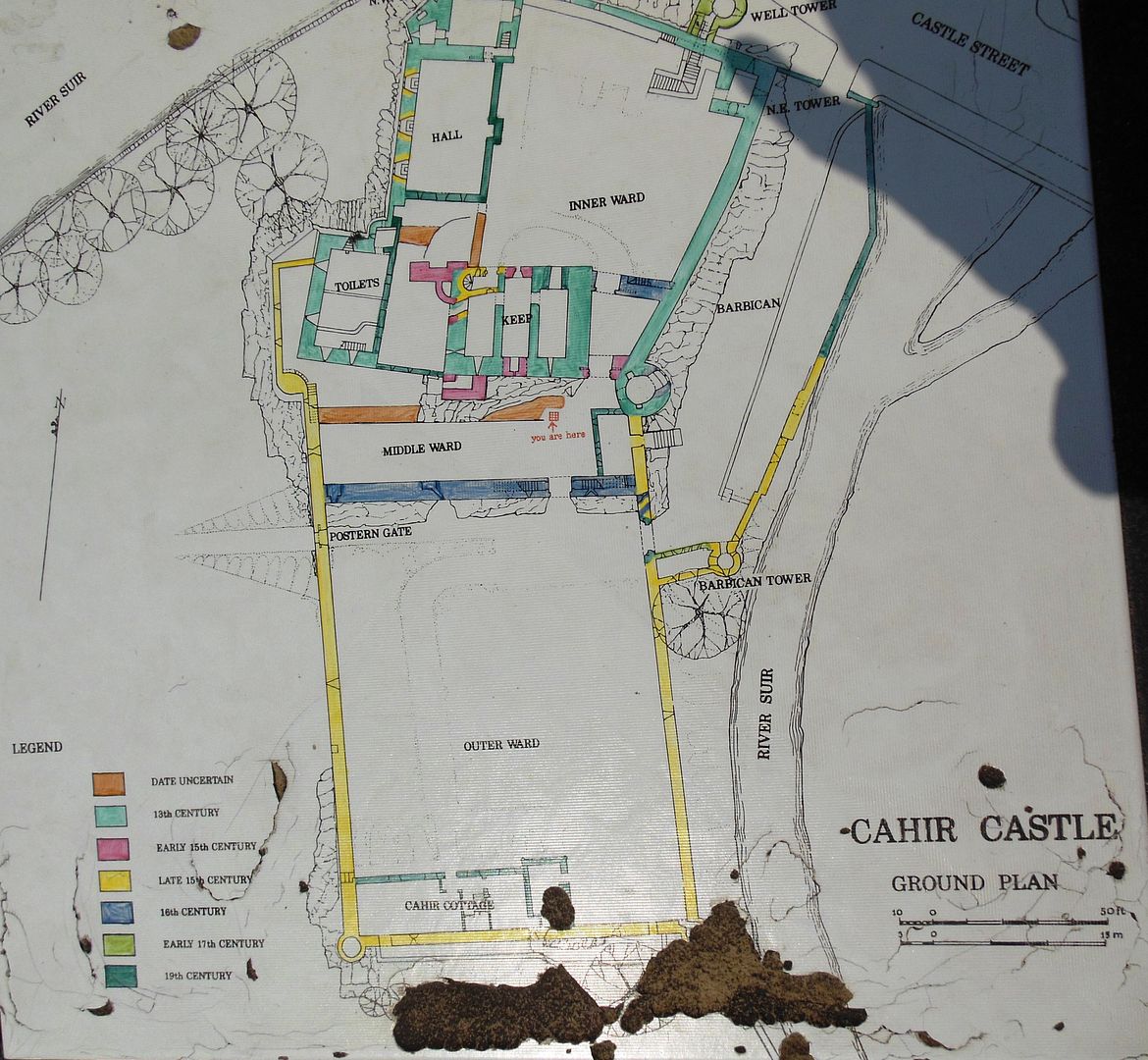
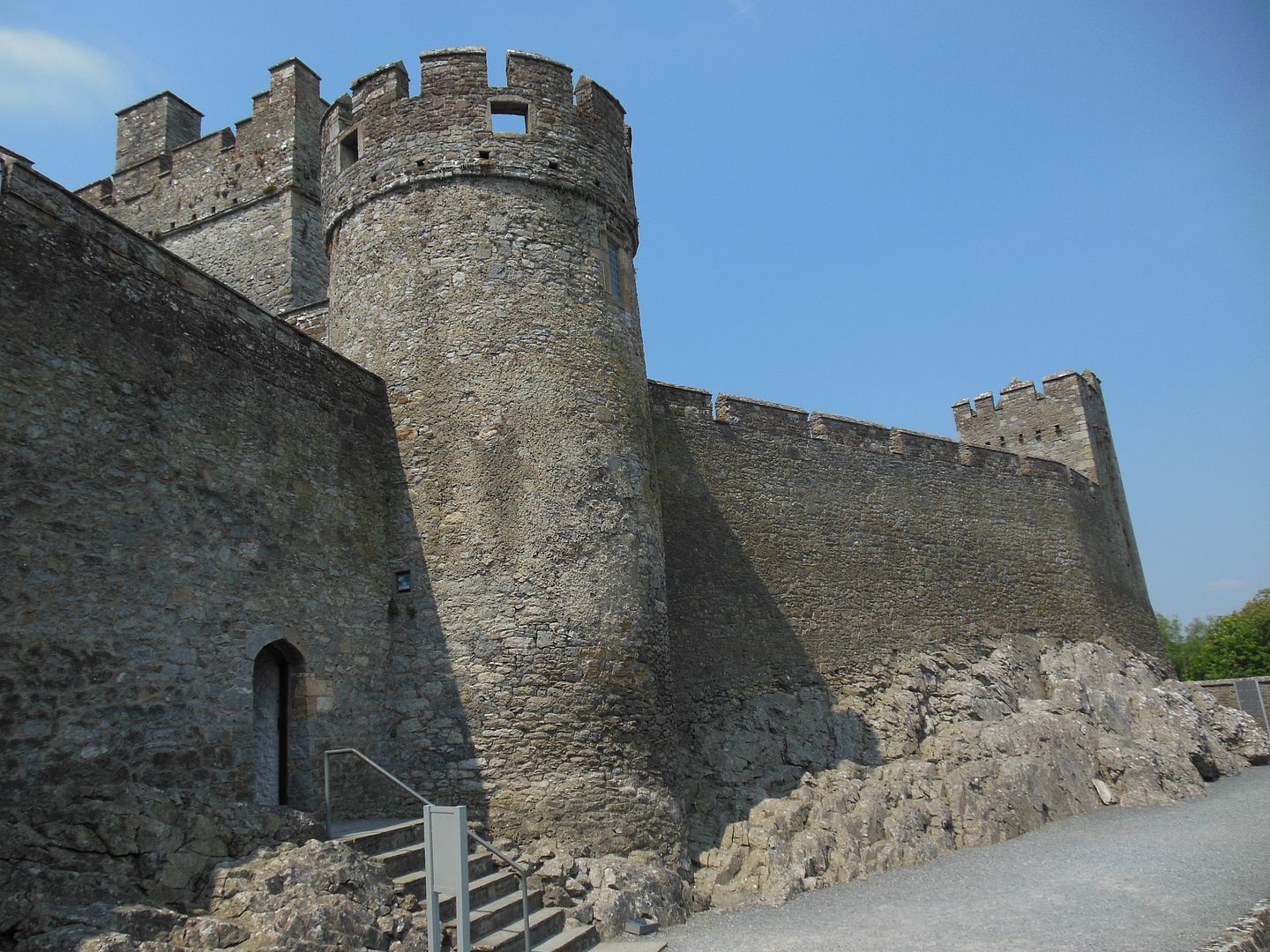
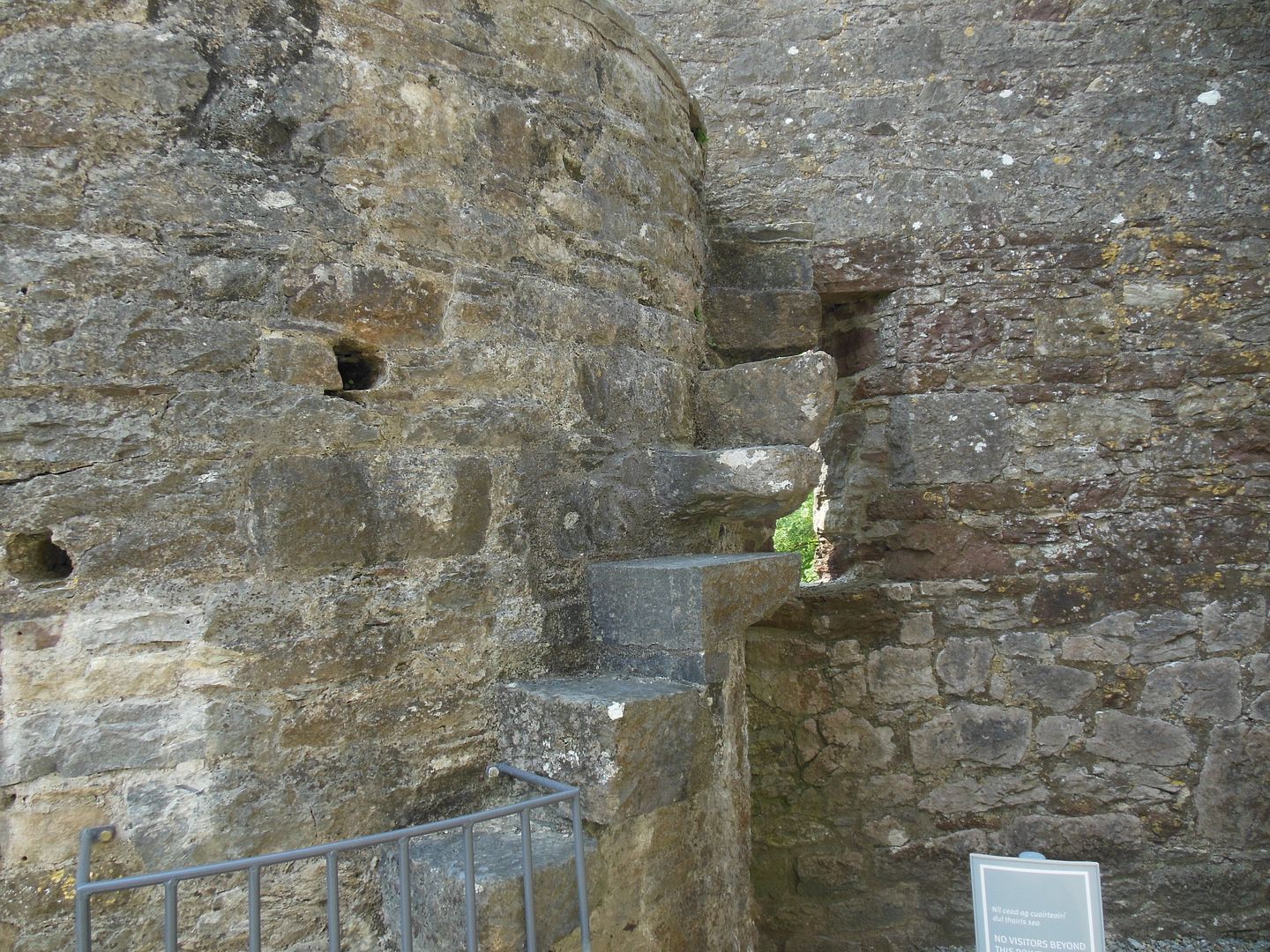
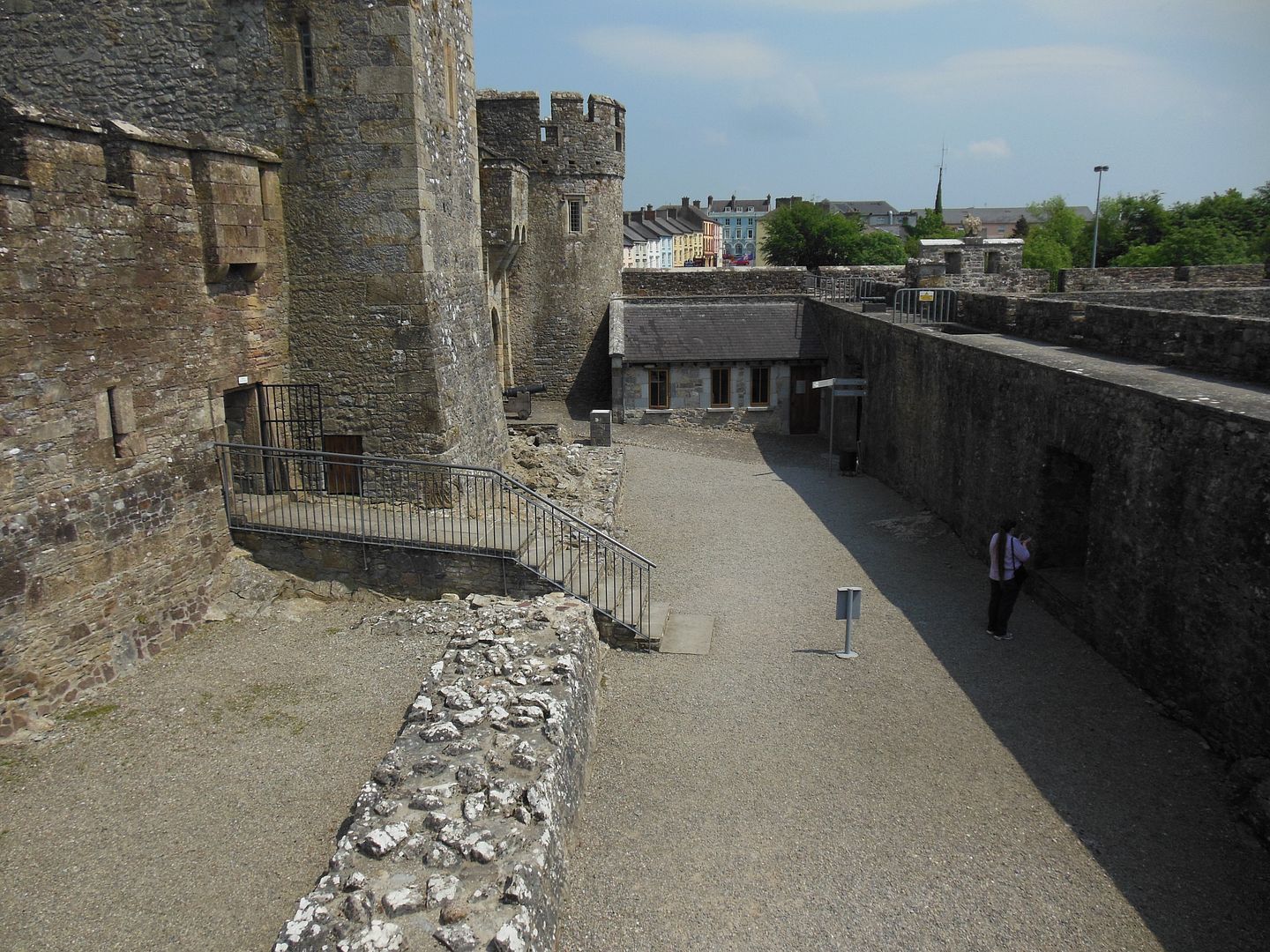
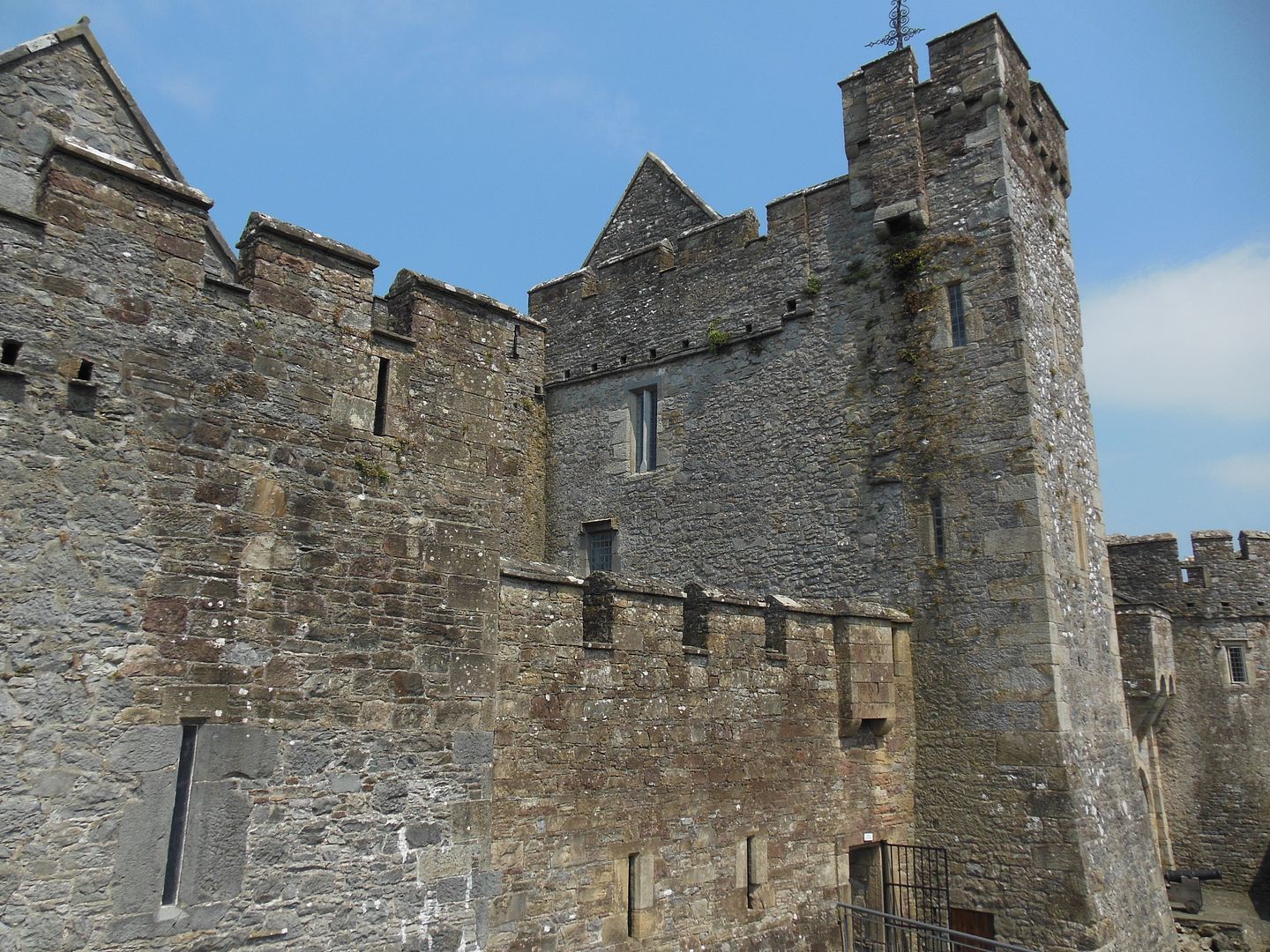
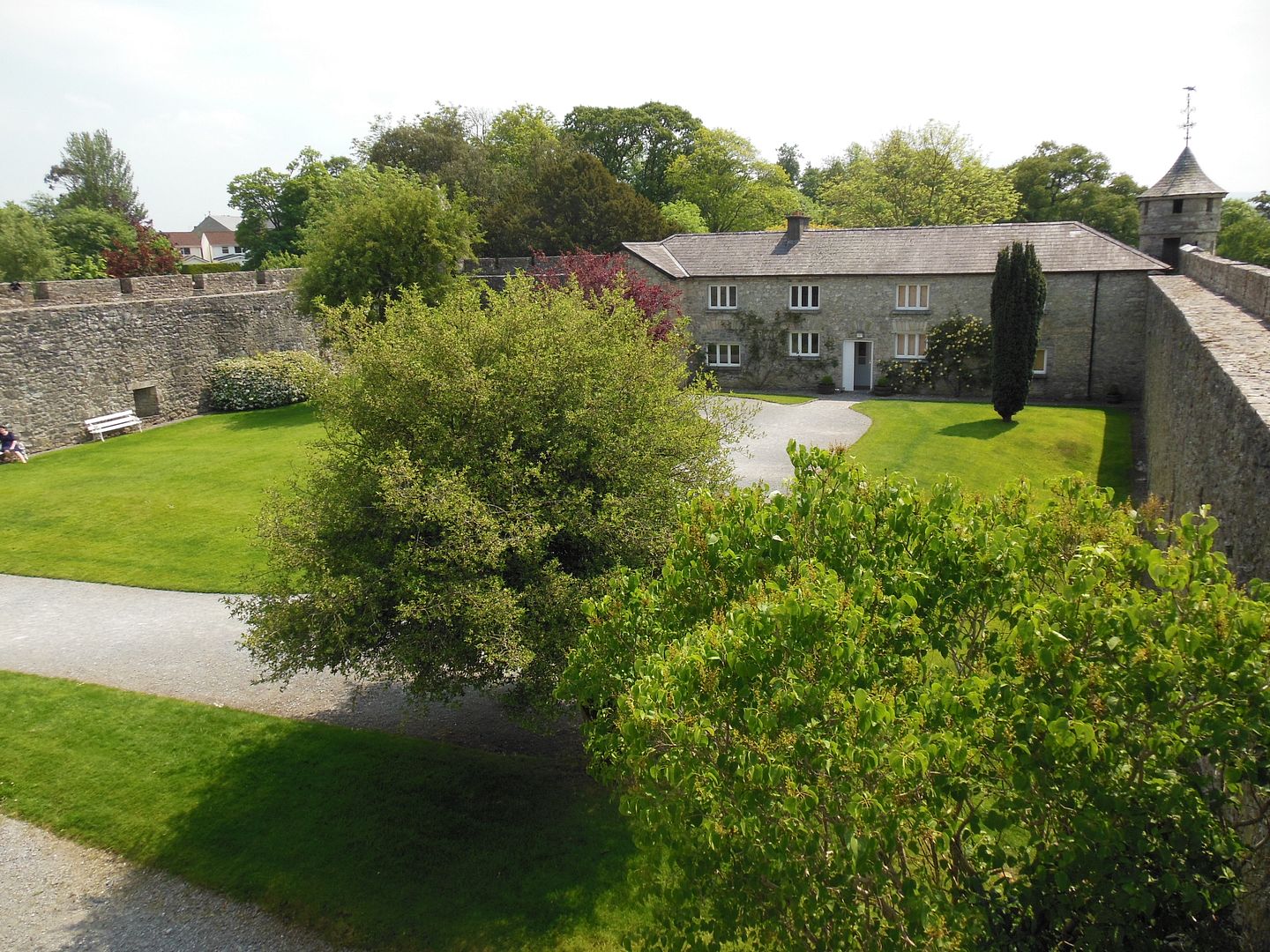
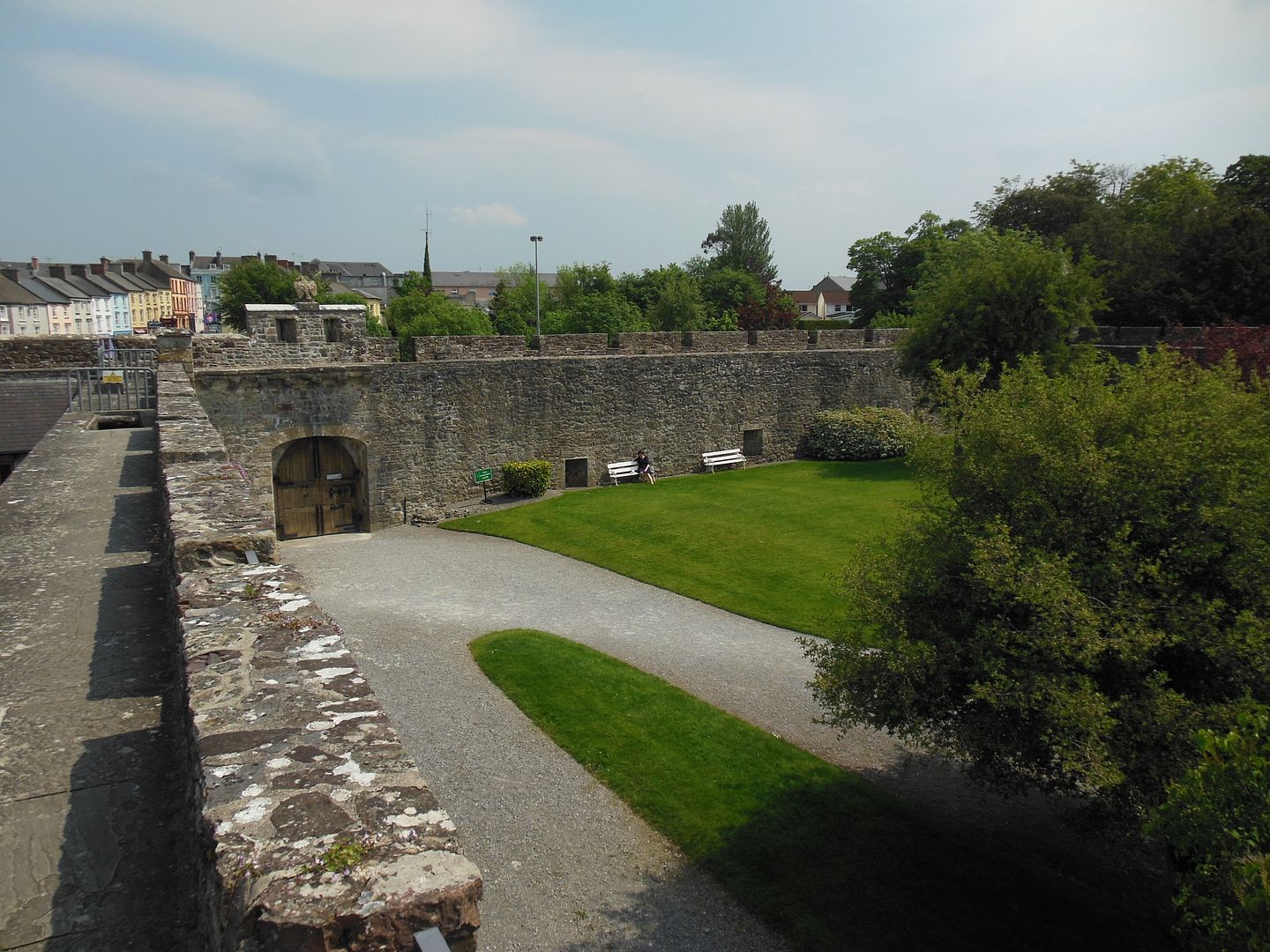

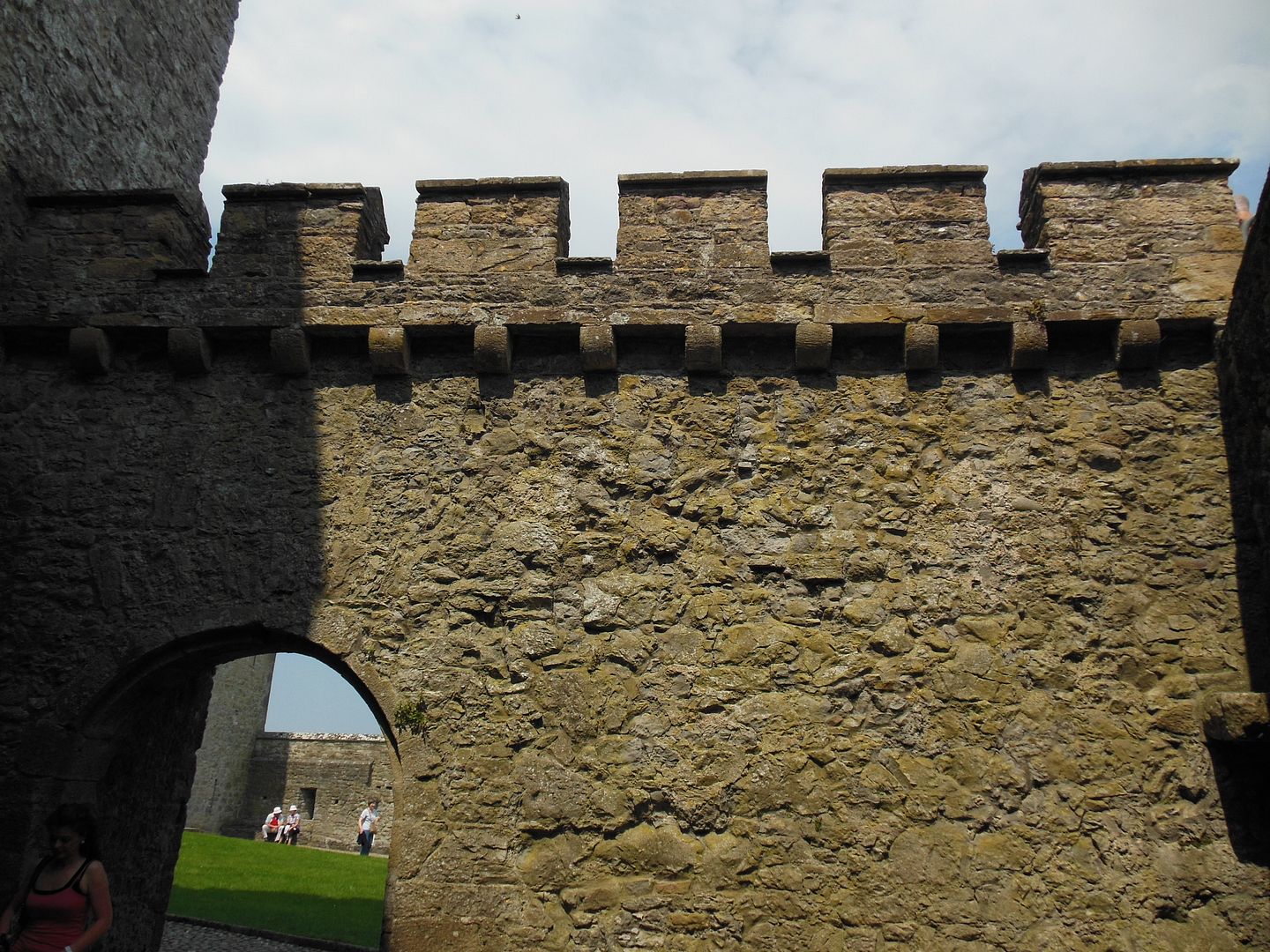
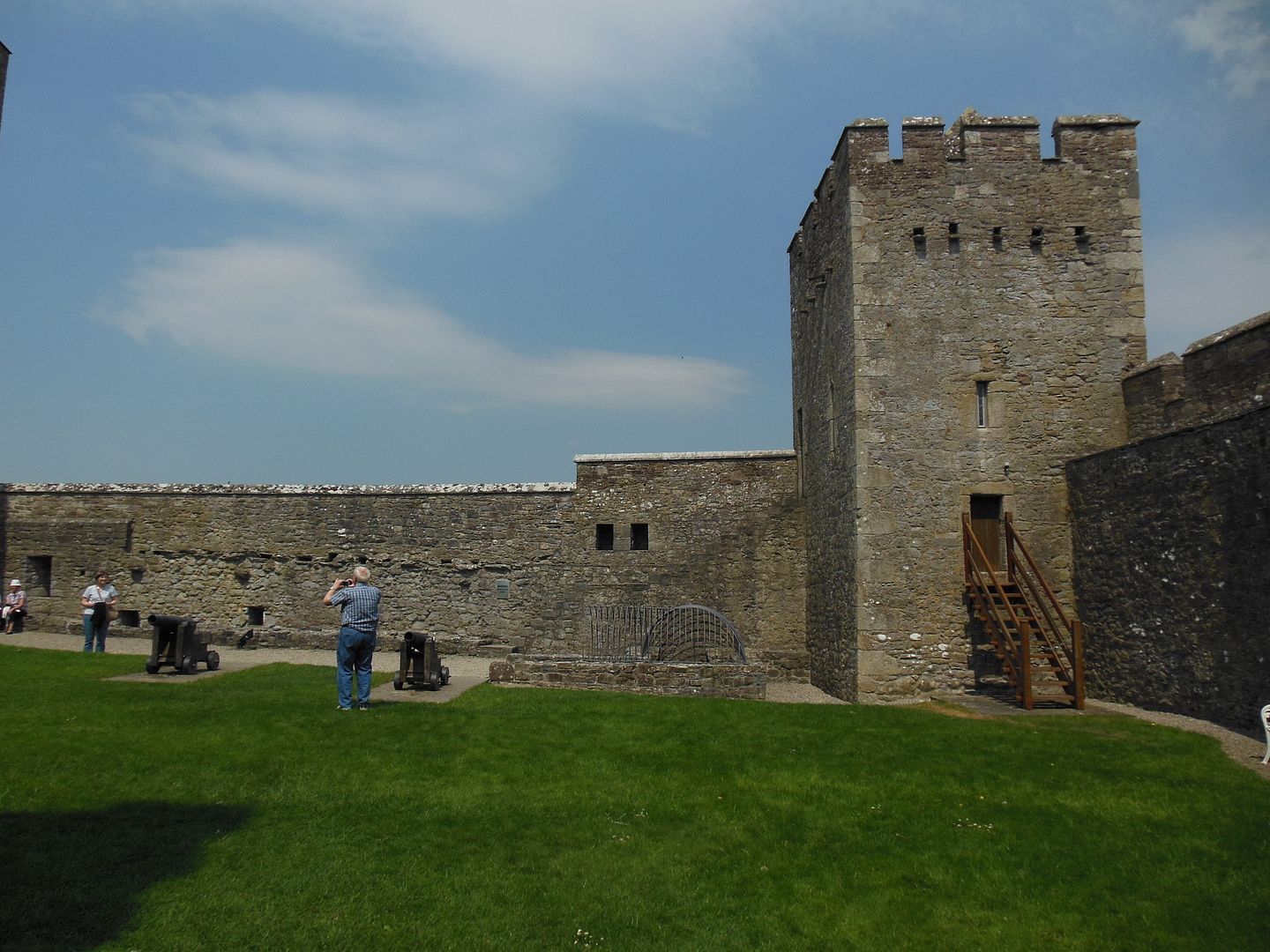
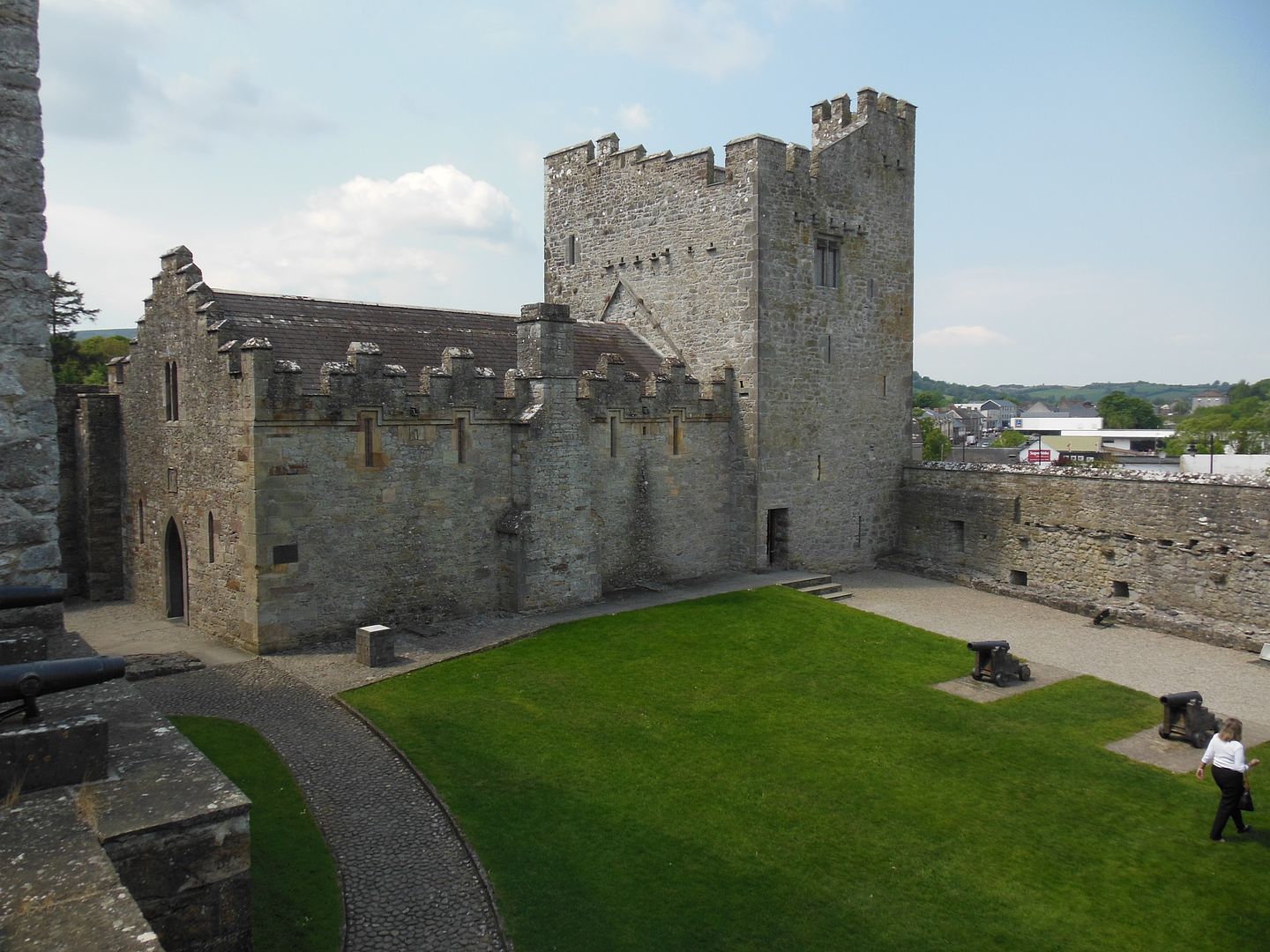
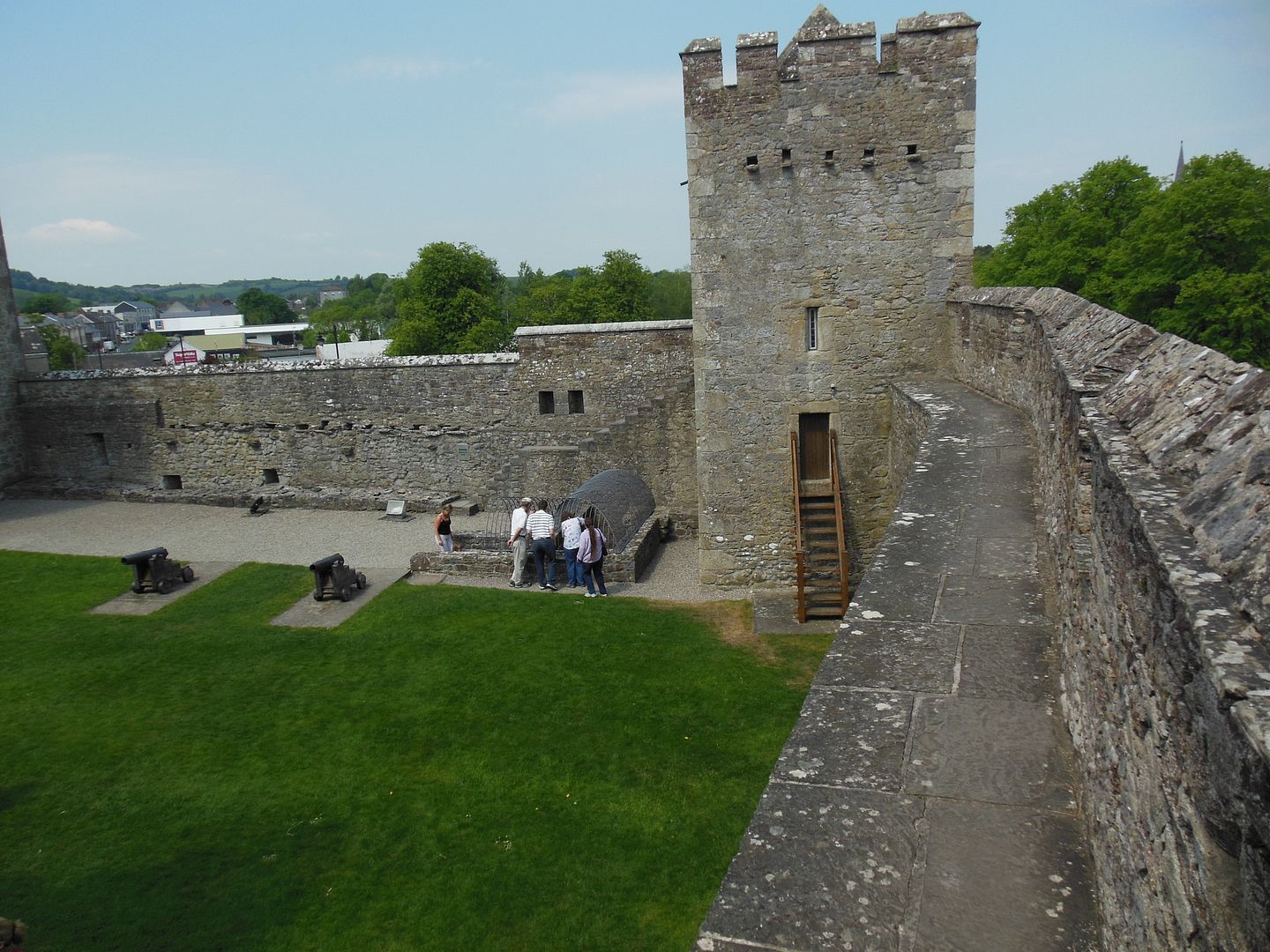
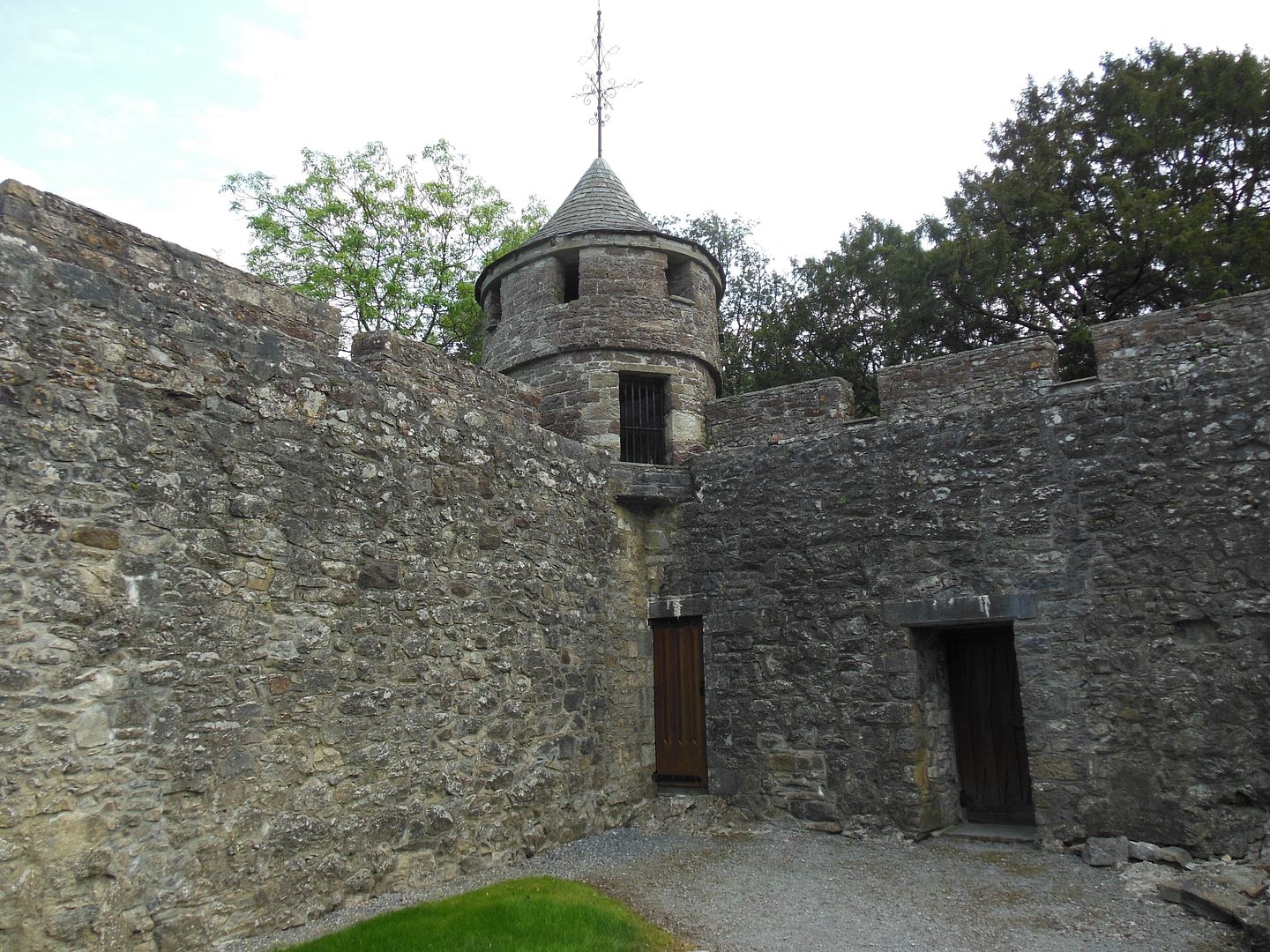
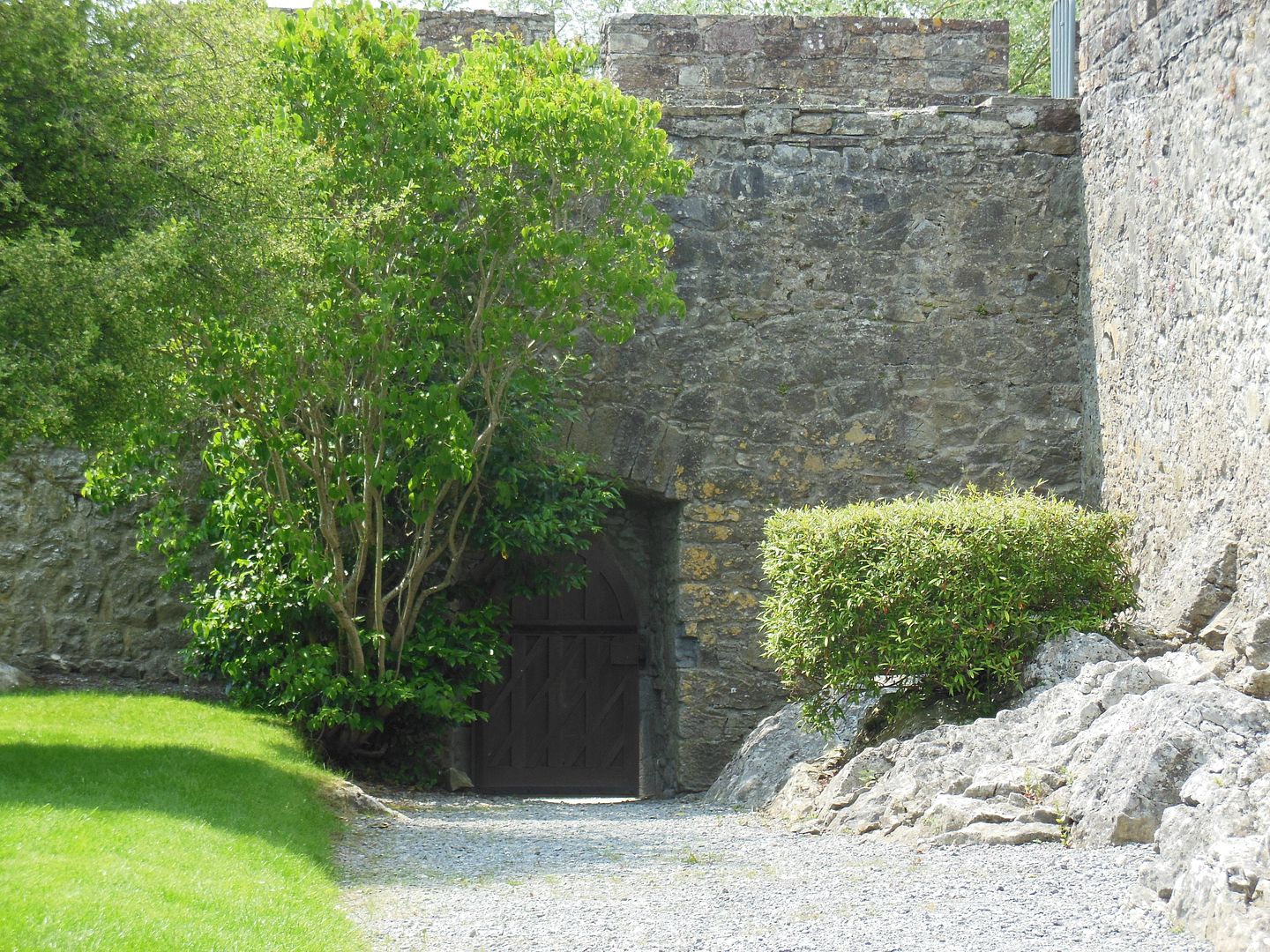
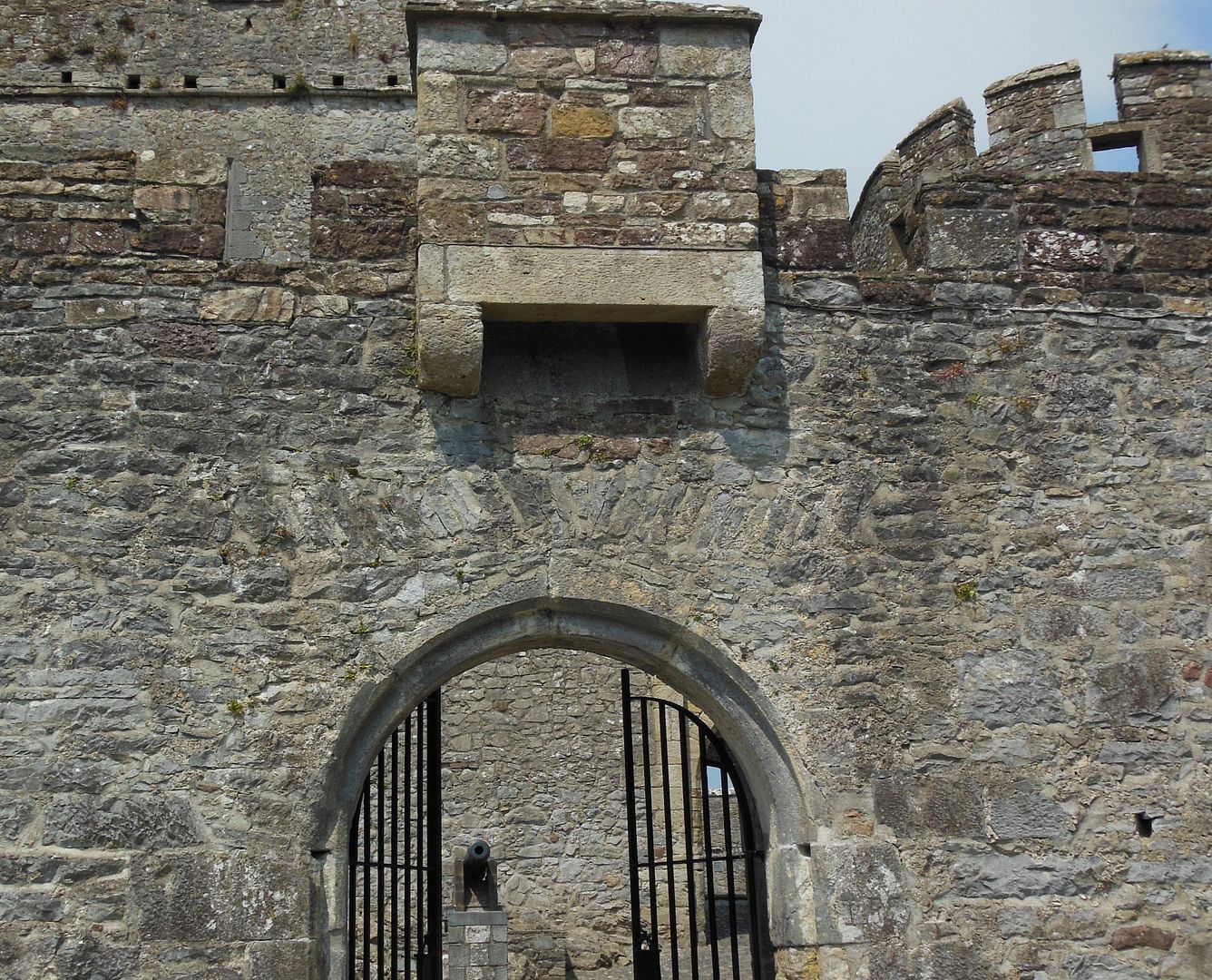
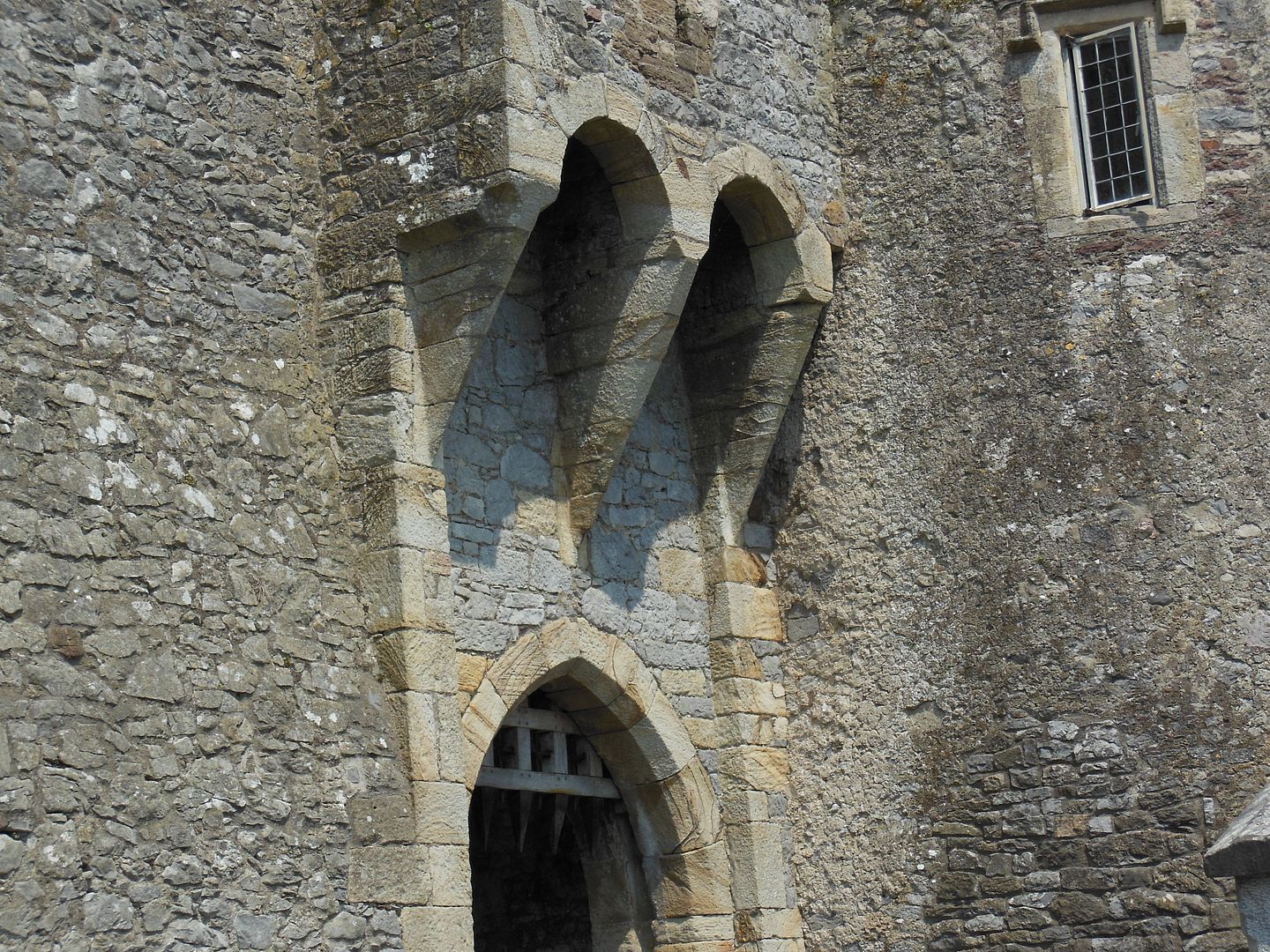
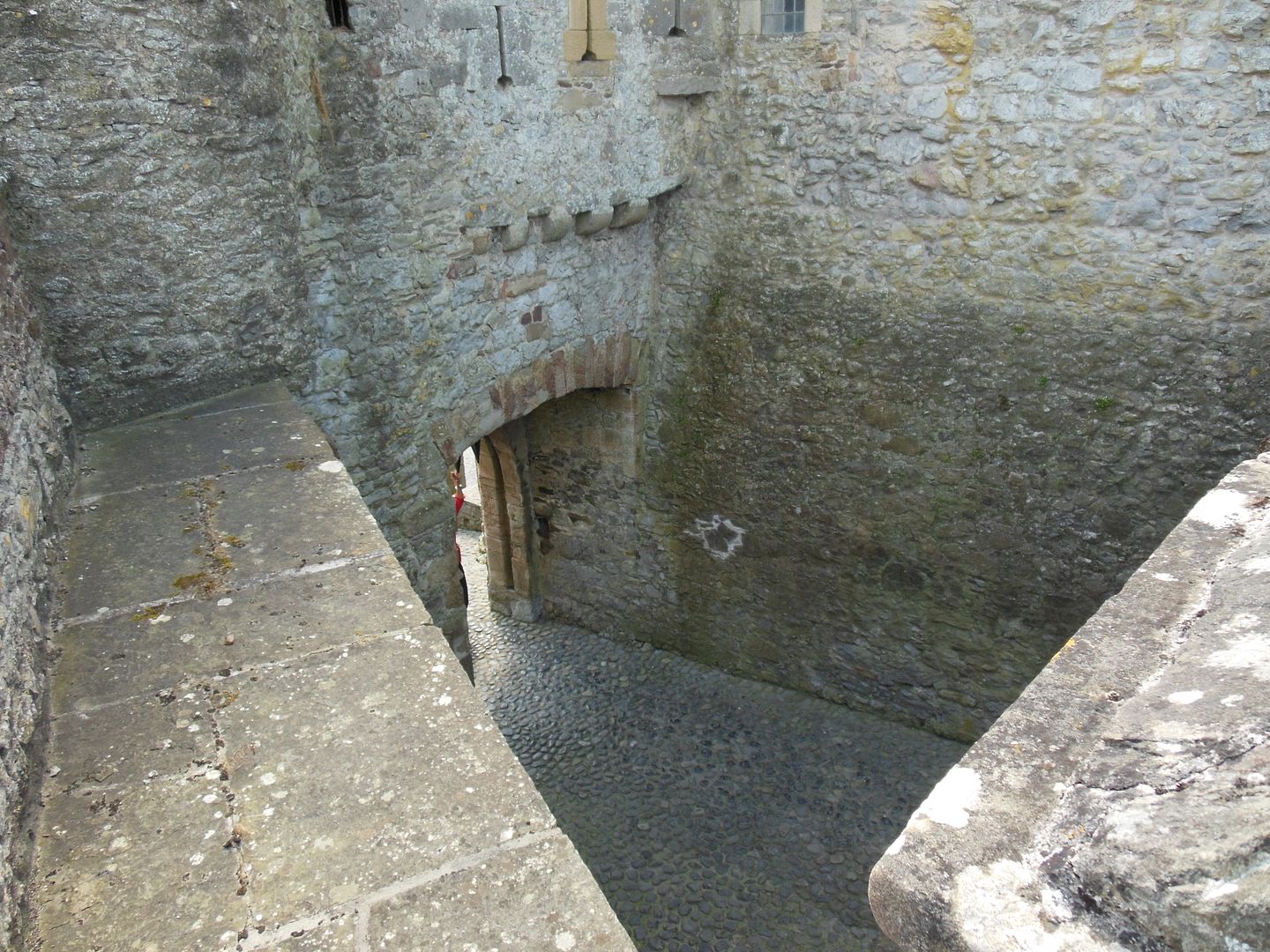
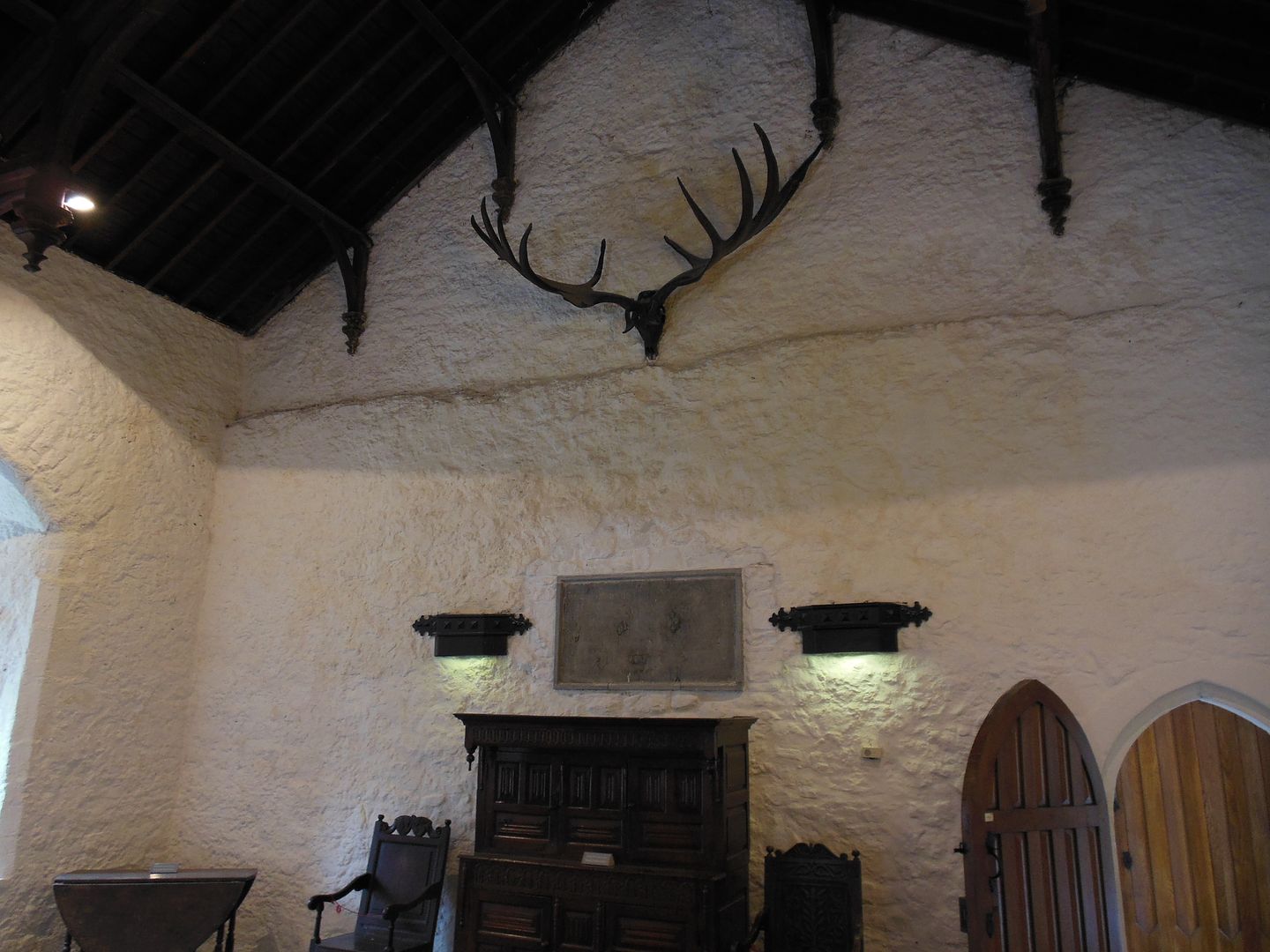
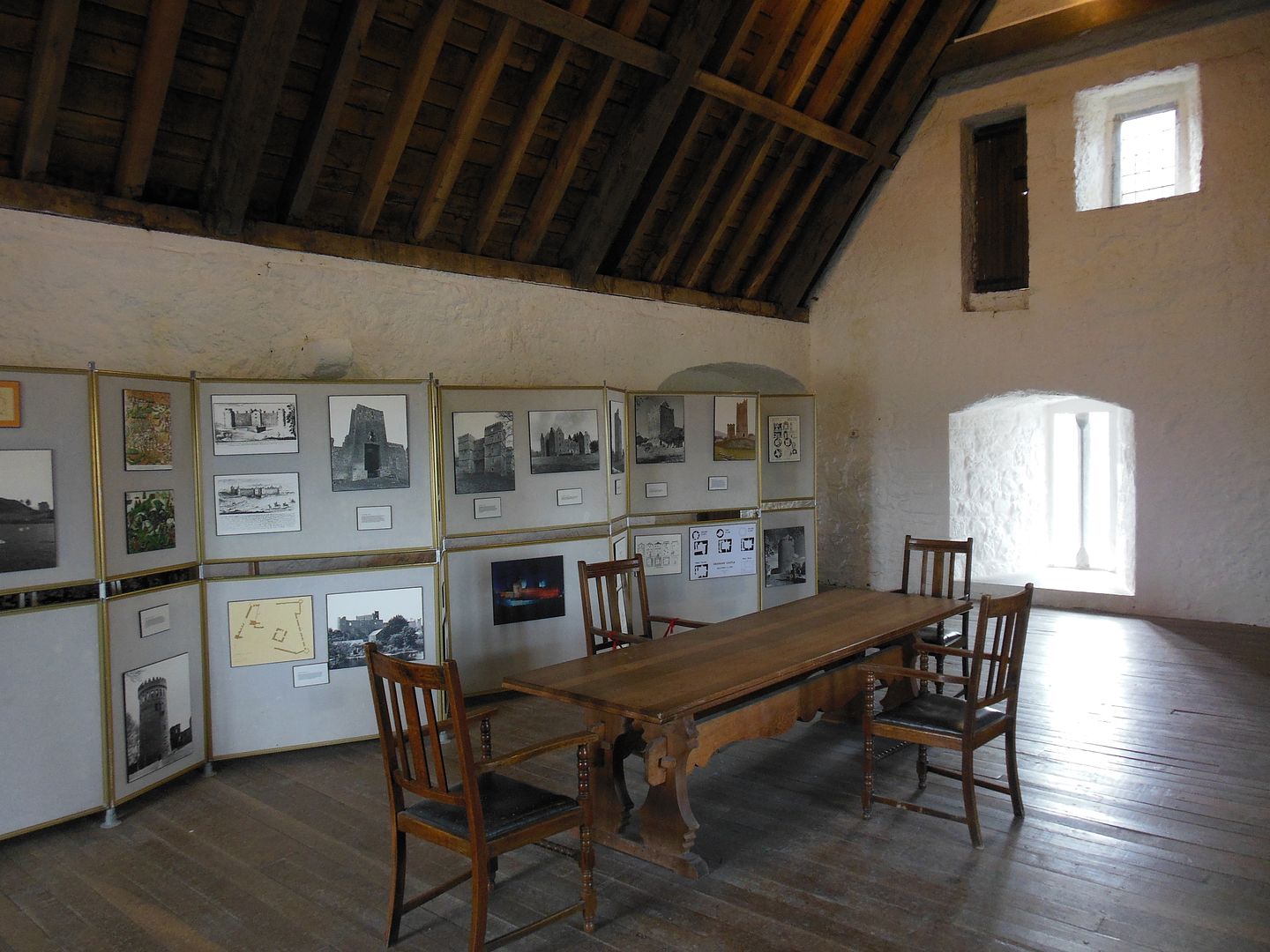
Open thread
This is an open thread which means that all comments are welcome.